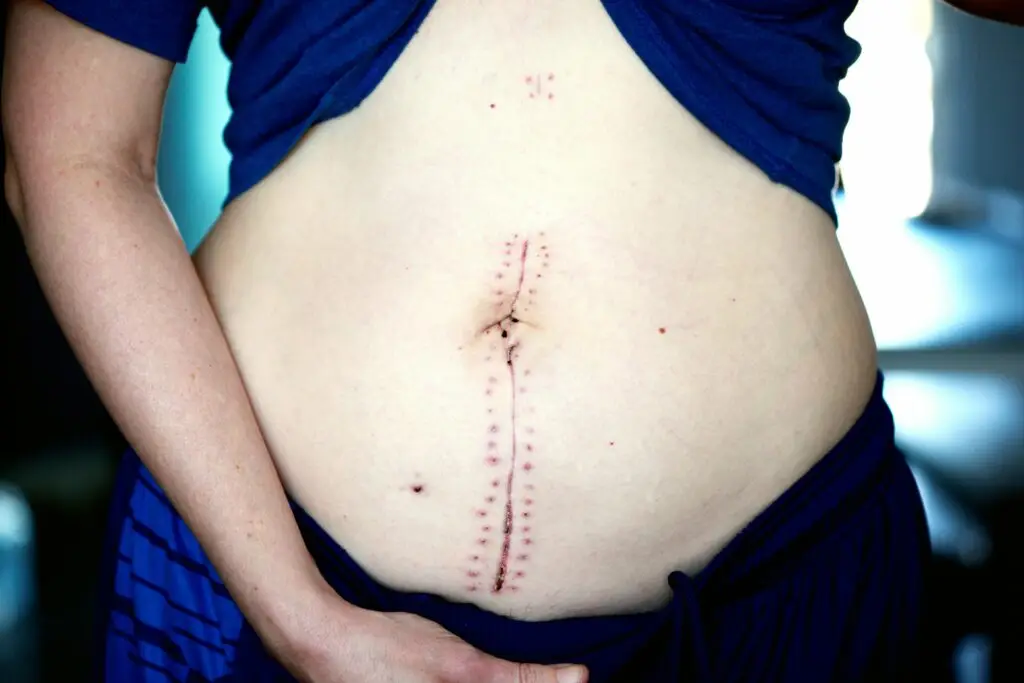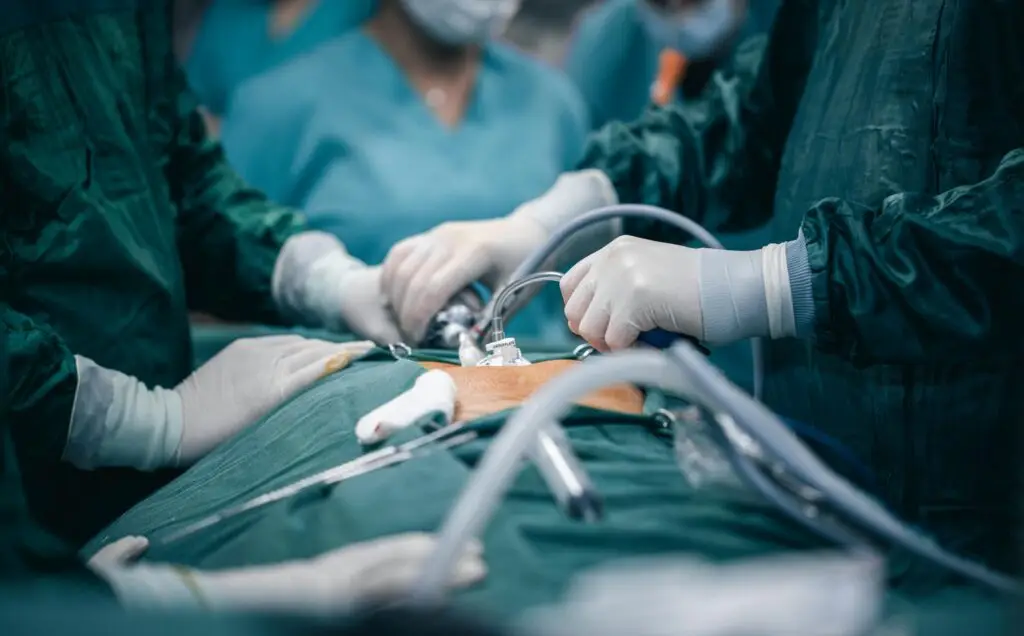Hemorrhoids are a common condition with varying symptoms and treatment options depending on their severity and type. Here’s an overview of their classification and conservative management:
Clinical Features of Hemorrhoids
- Asymptomatic Cases: Many small-sized haemorrhoids may not show symptoms.
- Painless Bleeding: Bright red bleeding, which can range from mild to severe.
- Mucous Discharge and Prolapse: Prolapse of piles and mucous discharge may occur, with occasional pain due to proctitis.
- Chronic Cases: Continuous blood loss can lead to anaemia.
Types of Hemorrhoids
- Internal Hemorrhoids: Located proximal to the dentate line, painless, and can be treated with banding.
- External Hemorrhoids: Located distal to the dentate line, painful, and often require excision. Repeated thrombosis can give them a semi-ripe black currant appearance.
Medical Therapy
- Tab. Micronized Purified Flavonoid Fraction (MPFF): Daflon 500mg tablets, 3 Tabs x BD for 3 days, 2 tabs x BD for 3 days, 1 Tab x BD for 21 Days.
- Topical Lidocaine 2% Jelly: Applied twice daily for pain relief.
- Topical Ointments: Posterison Forte Ointment or Hadensa Forte Ointment, applied twice daily.
- Stool Softeners: For constipation, use Syp Lactulose 10ml x TDS (Duphalac, Lilac), Or Syp Cremaffin 10ml x TDS and increase dietary fibre.
- Cap. Omeprazole 40mg (Risek, Ruling): Taken once daily.
- Systemic Painkillers: For severe rectal pain, Tab. Diclofenac sodium 50mg, 100mg (Voren, Voltral) or Tab. Tramadol + Paracetamol (Distalgasic, Pentra Plus) can be used.
- Anaemia Management: Chronic cases may require oral ferrous sulphate or blood transfusion.
Surgical Indications
- Surgery is recommended for cases unresponsive to conservative treatment or for late third and fourth-degree haemorrhoids.
- Pre-surgical preparation includes NPO status, IV hydration, pain management, and IV antibiotics.
- Lab tests such as CBC, PT INR, urea, creatinine, and electrolytes should be conducted before surgery.
Classification of Internal Hemorrhoids
- First Degree: Painless bleeding only, no prolapse.
- Second Degree: Bleeding with prolapse during straining, which reduces spontaneously.
- Third Degree: Prolapse during defaecation, requiring manual reduction.
- Fourth Degree: Large, permanently prolapsed haemorrhoids that cannot be manually reduced.
Treatment Options
- Rubber Band Ligation: Suitable for 1st, 2nd, and selected 3rd-degree haemorrhoids.
- Infrared Photocoagulation: Used for 1st and 2nd-degree haemorrhoids.
- Sclerotherapy: Effective for 1st, 2nd, and selected 3rd-degree haemorrhoids, commonly using 5% phenol in spinal cord or arachis oil.
- Operative Haemorrhoidectomy: Recommended for 3rd and 4th-degree haemorrhoids.
- Milligan-Morgan Open Haemorrhoidectomy: For 2nd-degree haemorrhoids not cured by non-operative methods.
- Ferguson Closed Haemorrhoidectomy: For mixed internal/external haemorrhoids.
- Whitefield Submucosal Haemorrhoidectomy: For fibrosed haemorrhoids.
- Longo’s Stapler Haemorrhoidectomy: Another surgical option.

